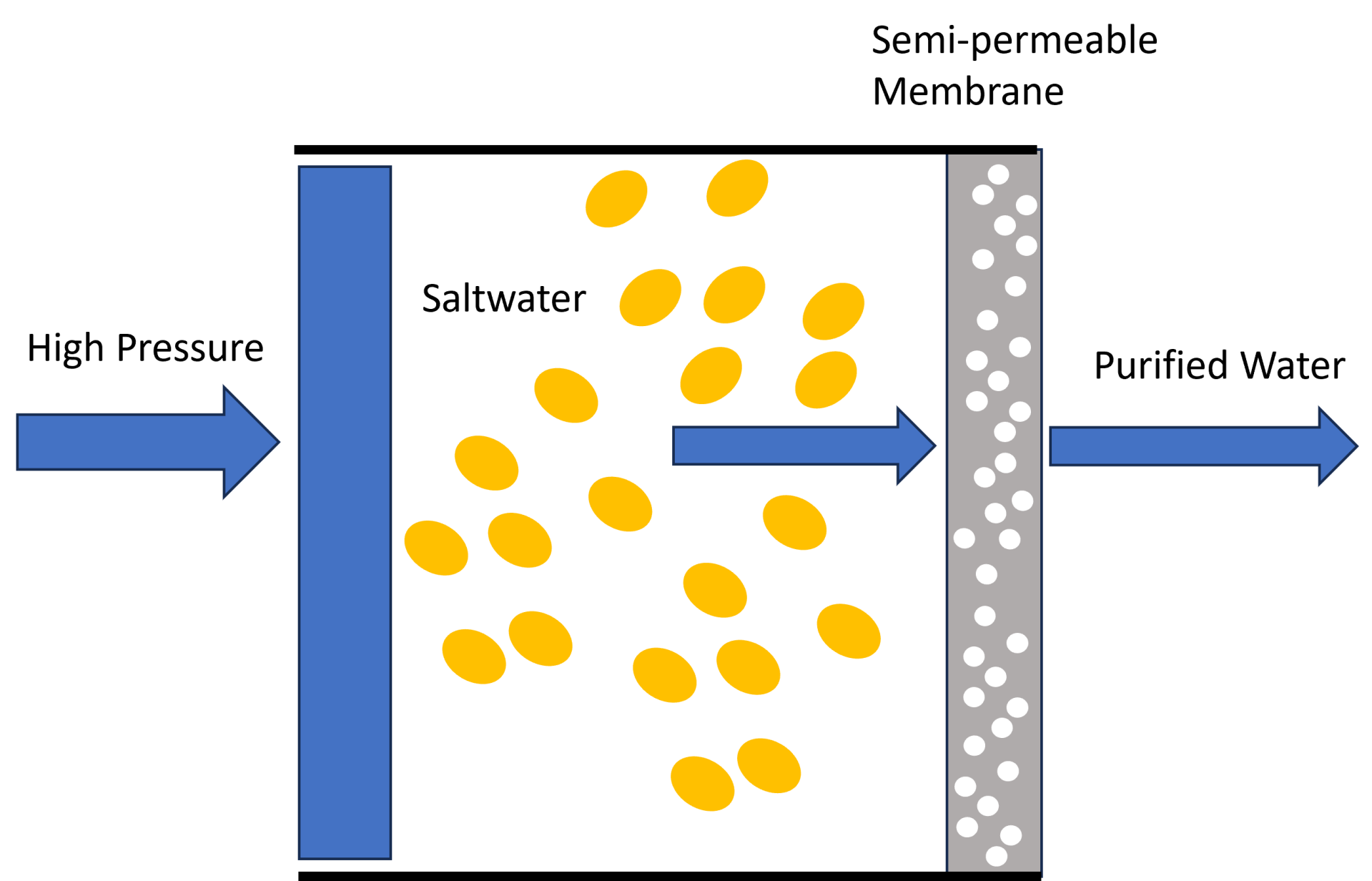Invented in 1748 by Jean-Antoine Nollet using a pig's bladder, reverse osmosis is a well-developed method to remove contaminants in water.
The process has advanced, coming into large-scale use in the 1960s.

In Seawater RO, high pressure pumps push the seawater against a semi-permeable membrane, though which salt and other contaminants cannot pass.
The TDS (Total Dissolved Solids) of seawater is typically 33, 000 ppm, requiring a pressure of 700-1200 psi. Cmparatively, lower salinity water sources called "Brackish Water" (from underground aquifiers) have TDS levels of 1000-3000 ppm, and require 150-250 psi. This lower pressure requirement results in much lower equipment ("capital expenditures") and operating cost ("operating expenditures").

The right solution depends on location. Since SWRO is the most expensive solution, you'll find it common in locations where there are no freshwater, nor brackish water sources available. And the people have to have the $ to do it. Thus it is common in wealthy middle-eastern countries.
In the Corpus Christi area we have only a 3mgd BWRO plant operating, with a larger BWRO plant proposed (by Seven Seas) Plans for an Inner Harbor SWRO plant have been in progress since 2018, however, costs have escalated dramatically, giving city leaders cause to question continuing the design advancement.

How much water do we need? How reliable are the sources?
With our current system capacities have been 'maxxed out' with added industry demand, and our traditional surface water sources down from reduced rainfall in recent years, seawater appears as a sure solution. However, it comes at great cost. We have brackish acquifiers that will provide water >400 years and we have more fershwater options to secure.